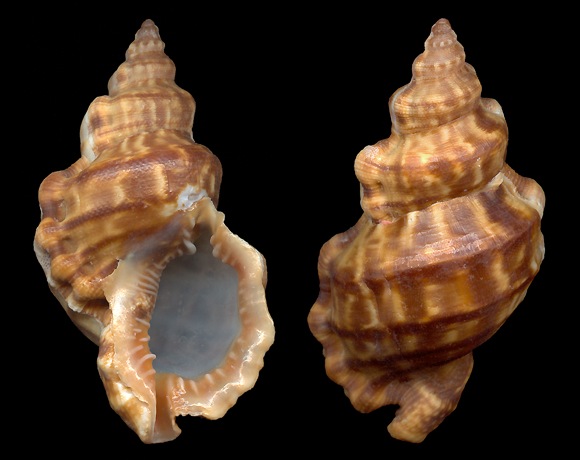
Canarias to Portugal, Madeira and lusitanian seamounts to Alborán, Baleares and western Mediterranean: Murcia, Reggio Calabria, Malta; W. Africa to Angola (variant “coriacea”). Also appearing in Adriatic. The species lives from subtidal grounds in crevices and under rocks, down to circa 15-25m deep in Tenerife, 30-35m deep in Sénégal, 80m and deeper in Angola.
Occasionnal catches from much deeper waters (Italy, 300m) could be based on downslope transported material, but not always: in Tenerife island, a local and deep form of scrobilator appears at about 100m deep (Malacología Mediterránea).
Occasionnal catches from much deeper waters (Italy, 300m) could be based on downslope transported material, but not always: in Tenerife island, a local and deep form of scrobilator appears at about 100m deep (Malacología Mediterránea).
Synonyms: parfaiti, pesleonis, scrobiculator…
Trawled at 15-20m deep, Almería, Andalucia, S. Spain. 61mm.
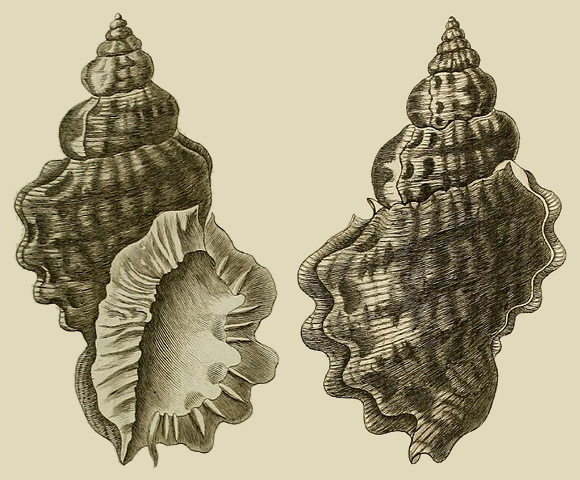
Above: Triton scrobilator in Lamarck’s Histoire naturelle des vers vol. III, Paris 1827, plate 414.
Linné gives the following description:
« Testa suturis varicosis scrobiculatis suboppositis, laevigata, apertura dentata. » (Syst. nat. 1758 vol. I, p.749).
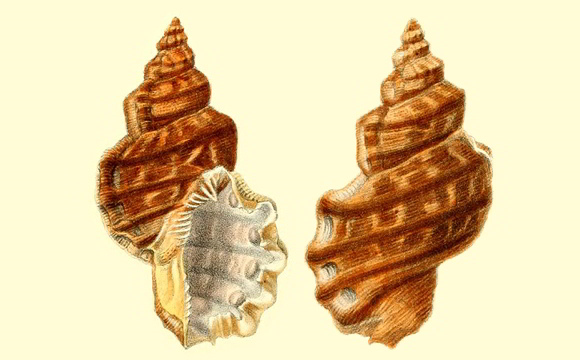
The individuals caught in Mediterranean could stem from non-perennial settlements due to larval migration (« los ejemplares hallados serían el resultado de la dispersión de sus larvas en el zooplancton por las corrientes superficiales que entran por el estrecho de Gibraltar – López-Soriano & Tarruella Ruestes, 2002, after Verdejo, 2001.
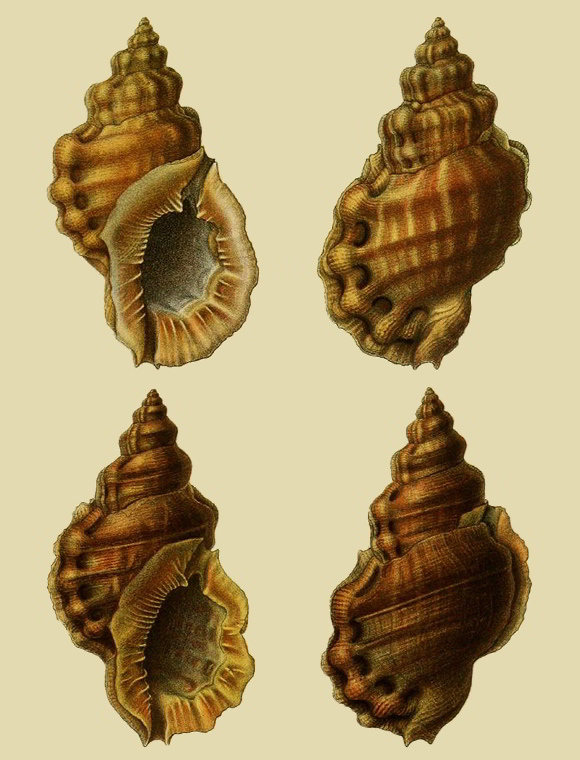
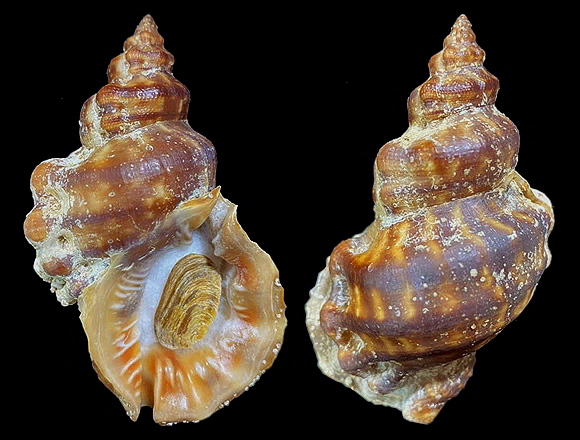
Original pictures provided by I. Mulero (ES).
– (CC BY-NC-SA) –
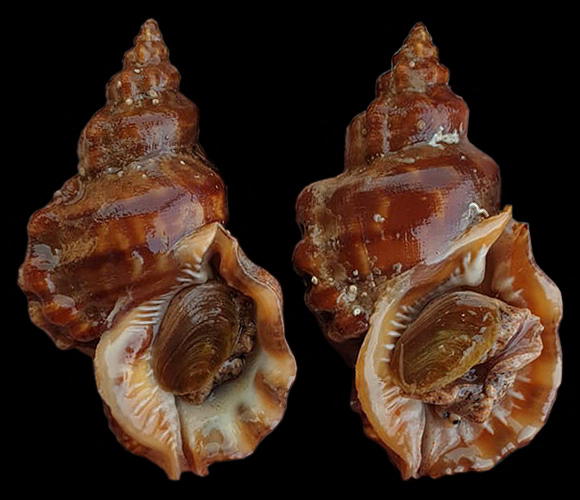
Original pictures provided by B. Cunningham Aparicio (ES).
– (CC BY-NC-SA) –
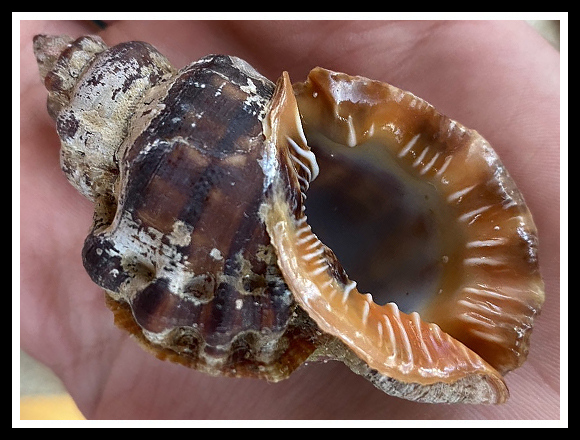
Original picture provided by N. Miljan Popović (HR).
– (CC BY-NC-SA) –

– (CC BY-NC-SA) –